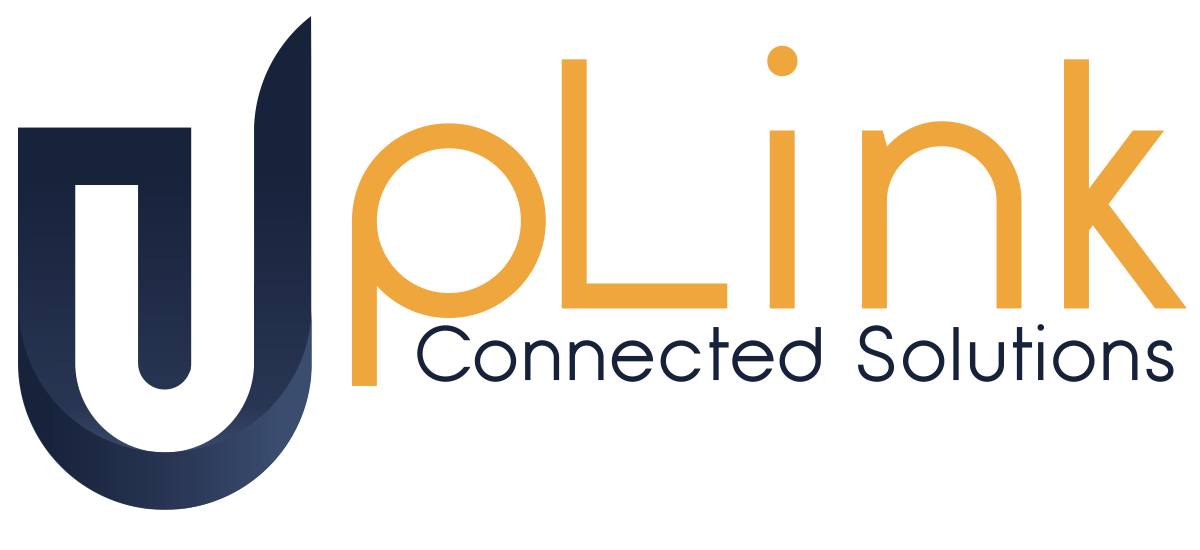Believe it or not, many companies don’t know how to do this calculation. If you are one of many, then you are probably getting to your number with the following formula: “600 calls per day times 5 minutes per call equals a total of 3,000 productive minutes per day, which equals 50 productive hours per day; if each agent produces 8.5 hours per workday, then I need 5.88 agents, make it 6 for extra buffer.
If you are doing it this way, you are skipping many other variables that affect the final result, for example, Not all calls arrive as soon as the previous one is finished, what the desired waiting time on the queue before an agent greets the call, hours of operations, do you have any type of after call work, eventually your staff will require breaks, lunches, vacations or simply they will be late for work. All these variables and much more can have an important impact on your numbers.
But don’t worry, because if you want to learn how to calculate your optimal staff we are here to help.
There is a formula called “Erlang C” that allows you to obtain the perfect size for your team. Before using the formula you need to have the following details already calculated. These numbers are
* Desired average speed of answer (for sales queues we recommend 20 seconds, for customer service we recommend 30 seconds but ultimately this depends on how fast you want to answer your phone. However, answering faster always means adding additional hours to your production team which translates to a higher cost anf longer idle time for your call center agents)
* Desired service level (which percentage of the calls you want to answer within the desired average speed of answer. Similar to the previous item, the higher this percentage is the higher the cost will be. Our recommendation fluctuates between 85% to 90%)
For both of the previous items you can take a look at a report of abandoned calls from your existing routing system to determine in average how long does your customers wait before releasing the call, this should help you determine whats your desired average speed of answer and service level.
* Average handle time (the net duration of the calls, including any after call work. For this i strongly recommend performing a time and motion study to determine the ideal length, however in many cases there are multiple types of calls that make the calls duration vary wildly, this is why its very important to perform a categorization of the type of calls, perform a time and motion stufy per type of call, analyze the volume of each type and finally perform a weighted average that tells you whats your real AHT measured in seconds.
* Volume (This is one of the most complex numbers to obtain, as you need to analyze the historical data that your call routing system provides and identify the historical behavior of your calls, for example: Seasonality, call arrival pattern per weekday and per interval within a day, increase or decrease of volume triggered by special events or marketing events. Ultimately your entire calculation depends on your ability to predict the expected volume per interval of 1 hour.
Using the previously mentioned elements, you can use the erlang c calculator located here to get the optimal staff that you require on a particular interval.
If you have performed all these calculations, you now should have a grid of intervals of time and the required staff per each interval of 1 hour. However, now you need to calculate how many agents you will need to hire and which schedules you should give them to be able to cover for your staffing requirements. Here if where you will need to start accounting for your hours of operations, labor hours per agents, and your shrinkage
Using the previously mentioned elements, you can use the erlang c calculator located here to get the optimal staff that you require on a particular interval.
If you have performed all these calculations, you now should have a grid of intervals of time and the required staff per each interval of 1 hour. However, now you need to calculate how many agents you will need to hire and which schedules you should give them to be able to cover for your staffing requirements. Here if where you will need to start accounting for your hours of operations, labor hours per agents, and your shrinkage
* Shrinkage (This is the percentage of time that your business will lose from the net productive hours planned. For this, you need to calculate: Absenteeism rate, vacations rate, time in break, time in lunch, time in coaching or feedback session, time in training, downtime caused by system issues or power outaged, tardiness, medical leaves and any other element that implies not being available to take a phone call. All these numbers need to be added up and then divided times the net requirement that your erlang c formula gave you. The final result is a percentage that can vary from 10% to 25% depending on your strategy for staff management.
Now that you have the shrinkage calculated you should use it to add a buffer to the required staff. The idea here is that if your erlang c formula told you that you need 10 agents to handle the incoming volume and your shrinkage is 20%, then you should account for 12 agents so that the off the phone activities or absenteeism allow you to be at 10 agents. If you don’t account for the shrinkage, then your operation will be understaffed.
Now that you finally have the net amount of agents you should plan per interval of time, you will need to arrange the schedules in a matrix so that you are able to visualize in which ones you are overstuffed and in which ones you are understaffed so that you can drag and push scheduled off the phone activities to balance the staffing levels. The end result of this exercise is your optimal staff to achieve your desired service level. Keep in mind that you will need operational rigor to ensure your art, schedule adherence, and shrinkage stay within the numbers you used for these calculations, otherwise, you will end up with an understaffed operation.
We will keep posting more tips and tricks on how to maintain an efficient operation, but if you want more personalized attention for your needs, feel free to schedule a quick call with us by clicking here and we can help you assess the current state of your business with a free consultation.


